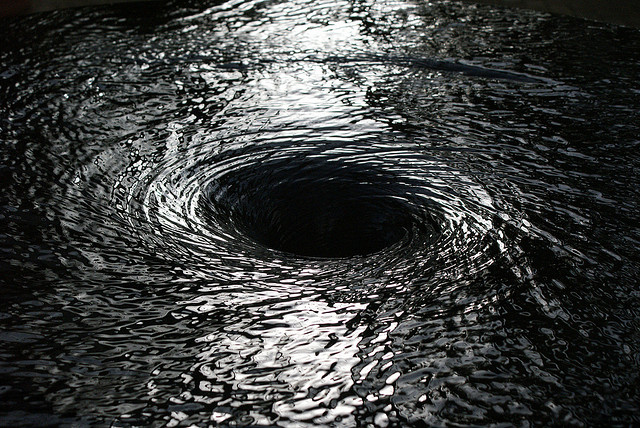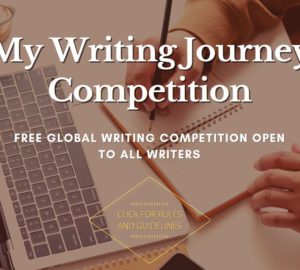“But I write fiction, I create worlds so I don’t need to research, right?”
Wrong.
All writers need research to make their worlds resonate for the reader; to add details that make their stories believable, however fantastic. This is what hooks readers and holds their attention. The secret is to identify what you need to know; where to find verifiable information … and when to stop!
For non-fiction writers on any topic, the need for accurate research is obvious but it must also be up to date. The first time you submit an article with factual errors will be the last time that publication looks at your work.
For fiction and non-fiction writers the aims of research may differ but the principles are much the same.
What do I need to know?
That depends on your subject or theme. If it involves changes over time, whether in the future or the past, it is useful to construct a time-line: a simple chart of main dates or periods and the key events that relate to your story and its background. This helps to structure your story and identify the details you will need to lead your readers convincingly to the right time and place.
Think of the five senses: what do your characters see, smell, hear, taste, and touch that will create the world and the ambience you want your readers to inhabit? Even in a fantasy world, you must relate these elements in some way to the known and understood, and they must be consistent. This is particularly important when writing about other cultures. Even if you are creating a unique culture or sub-culture, you still need to know how cultures work.
For landscapes and settings, a few well-researched specifics can avoid long descriptions that interrupt a story, or prevent characters and your story dangling in no-where land.
Where do I get reliable information?
Misinformation is abundant in print and on-line. A research professor once told me, “Believe nothing you hear and only half what you read.” I suspect this was not original but it is sound advice. The most important tip is to use more than one source so you can cross-validate. Professional researchers use the term triangulation: if three different sources concur, the data are likely to be correct. A problem with information from the Web is its speed and ease of dissemination. The same information – or misinformation – is repeated in many places: what you think are different sources, turn out to be the same source ‘shared’ and leaked all over the internet.
The solution is to tap several media and use at least one primary source in your triangle. Primary data are original; usually direct observations recorded by someone with credibility in that area or topic. They might include the correspondence of historical figures, or official documents, accounts of travellers past and present, the results of field research by anthropologists or archaeologists, the discoveries of scientists, or – if you are mentioning writers and artists – their original works rather than someone else’s review or crib-notes.
Secondary data uses extracts from primary sources to relate it to other topics, or to tell a story. Secondary sources are more readily available and can offer valuable insight and synthesis, especially for the tuning-in stage of your research (more on that below); they can also provide links to primary sources and other reading in the bibliographies. An indication of reliability in a secondary source is whether it cites its primary data sufficiently for you to check it out if you wish (unless of course it involves a year with head-hunters in the Borneo jungle).
What are the different media I can use?
- Interviews: with interviews you create your own primary data whether you’re recording answers to questions or taking down someone’s reminiscences. Interviewing is a skill worth learning in its own right because the way you ask questions can skew the answers. Two important tips to remember are: do your homework first – don’t ask busy people for information that is readily available elsewhere; and be clear in your mind what it is you want to know before you start.
- Books and articles: both can provide primary and secondary data. Make friends with your local library – it will have a range of useful reference books. Novels, films and magazines can give you a general feel for a place, period, or type of character and excite your own creativity.
- Internet: used with caution search engines can identify reliable information – including primary data – especially for places and environments (Google Earth), and the web sites of universities, libraries, or specialist institutions many of which give access to original documents. (You may have to register and/or pay for these). And don’t forget pictures and music to offer detail and ambience.
- Wikipedia: this site is much better moderated than it used to be, but never use it as your only source (unless simply stimulating your imagination), especially if no references are listed; if they are, some of these may be useful primary sources.
- Being there: this is primary data for your imagination to work on. We can’t all travel to exotic locations, but you can try out an activity featured in your story, or if you want to create a particular environment, find somewhere similar and use all your senses to experience it. Woodland for example, what does it smell like? What do the leaves feel like? At a distance, European larch looks like any other needle-leafed conifer but touch it and its fronds feel like silk.
Keep notes of where you found key information: you may want to return for more, or to check something out.
When should I start research, and how do I know when to stop?
Some fiction writers prefer to get the gist of their story down before engaging skills for searching and assessing data for the details. Even so, you’ll write a better first draft if you do some ‘tuning-in’ research first: any or all of the above media can be used to tune your mind into settings, periods, or characters for your story and to spark your imagination; you can always go back later for specifics. As you read, scribble some notes: not from the page but from creative ideas relating to your story that pop into your head as you read.
For non-fiction, it’s a waste of effort to write before you research: your whole angle could be based on error. Preliminary research will identify key data and help you find your approach and structure. Once you start writing you will need to return for more data or to check details.
Research is an iterative process: rotating between outline, writing, and searches, and when you review and edit you’ll be repeating the cycle. It can feel like going round in circles but really it’s a spiral: each circuit propels you further into your story. It is important to focus only on what you need to know. If you lack the self-discipline to stop following every intriguing thread you find, the spiral can become a whirlpool with you flailing around inside.
However strict you are, you won’t use all the data in your writing, you need to be careful about how you use it. Neither fiction nor non-fiction readers want chunks of raw indigestible data. Using research well in your writing is like cooking an exquisite curry; the art is in how you blend in the ingredients and subtle flavours to perfect the outcome.
About the Author

Photo credit: Flickr.com_DOH4













